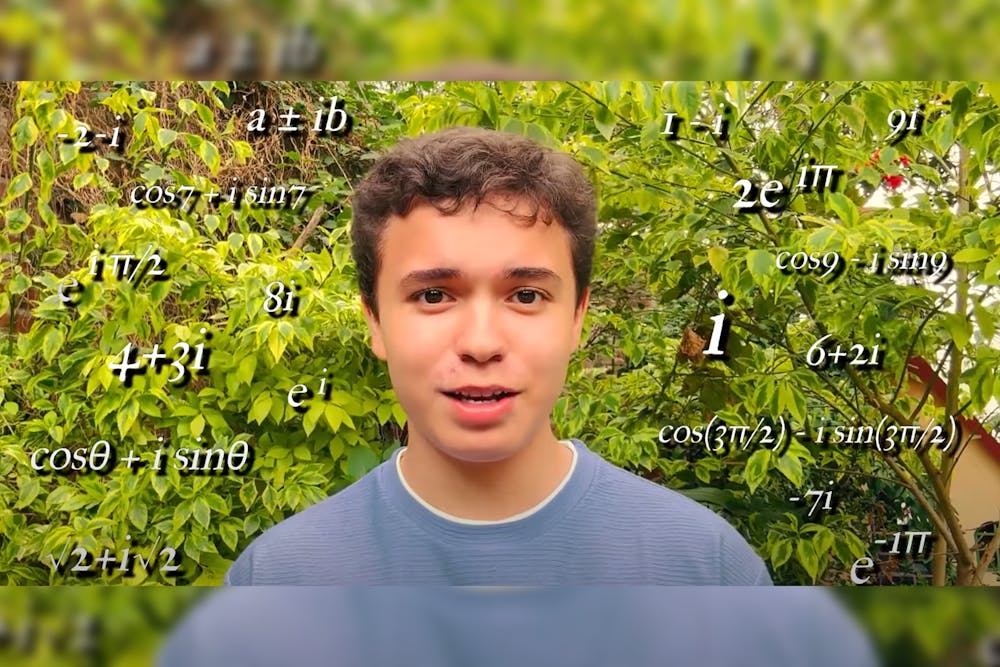
College first year Pedro Aguilar competed as one of 30 semifinalists in a global challenge to make videos that creatively convey scientific concepts.
The Breakthrough Junior Challenge invites students from ages 13 to 18 to create two-minute videos explaining complex theories in the life sciences, physics, or mathematics. Students from around the world submit their videos for multiple rounds of judging, competing for $400,000 worth of prizes.
The judging process consists of a peer-to-peer review, an evaluation panel review, a popular vote, and a selection committee review.
Aguilar advanced to the semifinalist round with his video about a mathematical concept called the Fourier transform. He was then eliminated after the popular vote and selection committee review round on Sept. 21, which narrowed the field to 16 finalists.
The Fourier transform comes from a field of math called complex analysis, which is the study of complex numbers and how they function. Aguilar said that his video aimed to show how a seemingly dense topic could be both interesting and relevant.
“It turns out Siri, Wi-Fi, phone calls, virtually anything that deals with signals works with the Fourier transform …
but you typically don’t learn it that way,” Aguilar said. “I wanted to make a video explaining the very interesting side of it and how it’s applied.”
His video uses colored graphics, moving visuals, and a smoothie metaphor to demonstrate how virtual assistants such as Siri receive and interpret sound signals.
The winner of the Breakthrough Junior Challenge receives $250,000 for their college education. An additional $50,000 will be awarded to a teacher of the winner's choice, and another $100,000 will be put towards building a science lab in the school of their choice.
At the time of the seminalist judging, Aguilar said that he planned to give the prize money to his high school math teacher, Tina Lal.
According to Lal, Pedro was a standout student in her highly advanced complex analysis course.
“Pedro is one of those students who excelled, and he always knew that there’s so much more to know,” Lal said. “He always studied due to his passion and not the grades. I would say he totally stands out.”
At Penn, Aguilar is majoring in math. He is interested in participating in research, specifically surrounding actuarial science and probability. Aguilar said that he has been passionate about math from a young age, and that he hopes to continue pursuing that passion at Penn.
He explained that, for him, math requires a certain level of creativity that makes it both engaging and surprising.
“I think that math has some of the most surprising results. And it’s also a very creative field,” Aguilar said. “You have to think about things in very particular, very special ways. … It just feels like you’re almost like an artist. It’s just a kind of sublime experience.”
The Daily Pennsylvanian is an independent, student-run newspaper. Please consider making a donation to support the coverage that shapes the University. Your generosity ensures a future of strong journalism at Penn.
Donate







